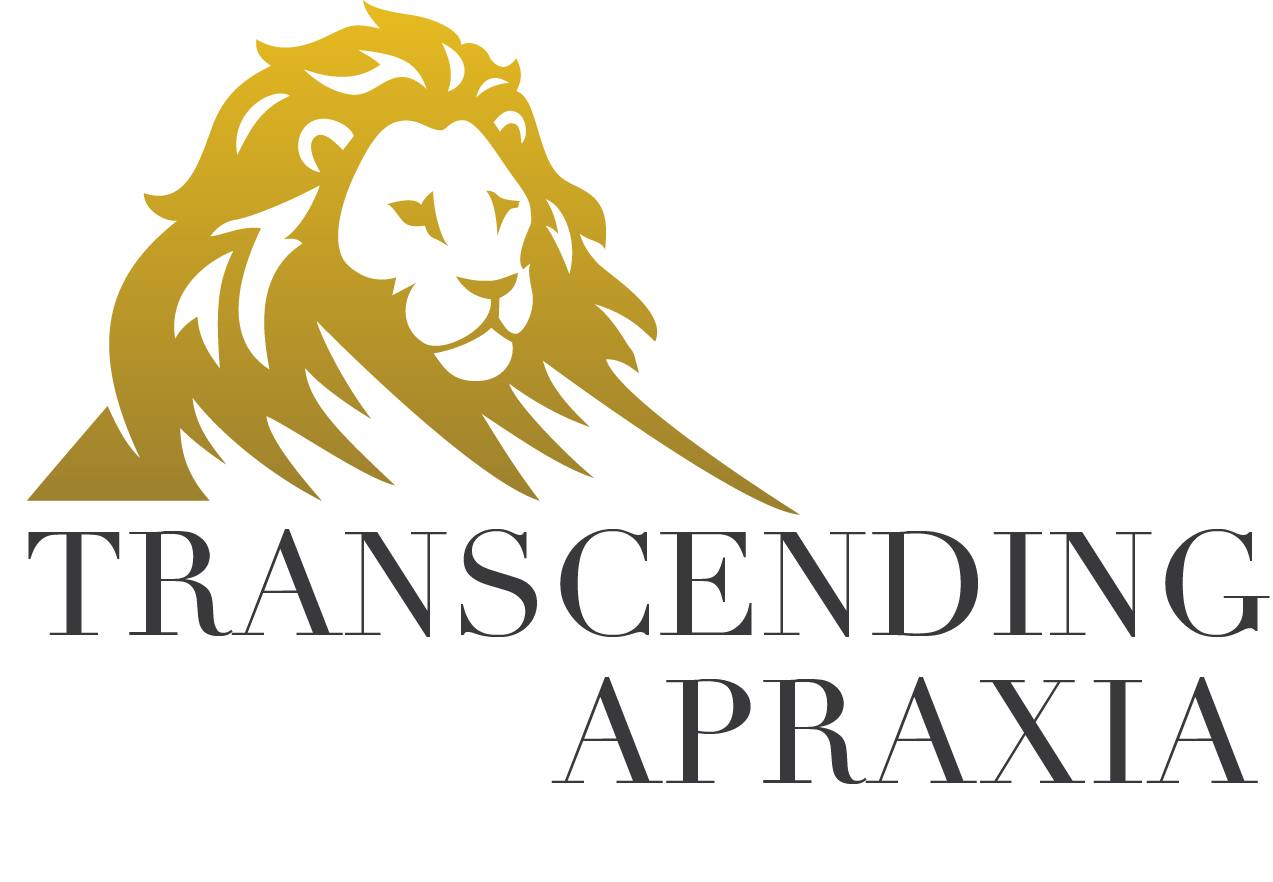My child can talk, will S2C still work for them?
S2C will benefit anyone who could be described as a nonspeaker, an unreliable speaker, or a minimal speaker. Some of our clients have a lot of speech, but it's echolalic or scripting. Some of our other clients have speech that is reliable, but it might be minimal and/or there's not a lot of robust expression--articulate feelings, more than wants or needs, or proactive speech (would you describe your child this way?). Dawnmarie's second son falls into this last category, and when he got on the letterboards he spelled that it felt like being liberated. That's because, as we've come to understand. there's a difference between speech and language. Language is a purely cognitive ability and you can have language without ever speaking (you have thoughts about the words you hear or read while you're hearing/reading them without ever saying or typing back a single thing--that's language). Language sits in the brain until it can be expressed. Any form of language expression requires a motor skill--making a facial expression, gesturing, writing, typing, or coordinating the jaw, lips, tongue, and vocal cords to make speech sounds. If someone is a nonspeaker, an unreliable speaker, or a minimal speaker, we can't know if that's because they're lacking the cognitive ability of language or they're lacking the purposeful motor skills to express the language they have. When explaining this, DM always then asks, "So what's the least dangerous assumption?" We believe it's more dangerous to assume that someone doesn't have language when they do, than to assume they do have language but they need help getting it out. The goal at our clinic is to give every nonspeaker, unreliable speaker, and minimal speaker a chance at a reliable form of communication that plays to their motor strengths (the gross motor) so that they can show us what's inside. So far, we've never met a student who didn't have more on the inside than what the outside showed.
The reason that Dawnmarie's son (who has speech) spelled that he felt liberated on the boards is because of what we call the motor-cognitive seesaw. The higher the motor demand of the expression type, the lower cognitive output someone is going to be able to have. This isn't unique to minimal speakers either--my husband and I trained for a half marathon a couple of months ago, and at the beginning, my husband would try to talk to me and I couldn't talk back! Not only because of my weak lung capacity haha, but it was literally harder to process my thoughts when I was putting so much energy into moving my body to run. As I kept practicing though, that motor demand of running got easier, and I was able to start talking, and later we would be having conversations about politics, religion, etc, all while running. Speech is a VERY high motor demand that requires some of the most difficult fine motor skills. So is typing on a keyboard or writing. Again, we have students that can speak and let you know their wants and needs, but because that motor demand of speech is so high, they're not going to be able to use speech to talk about politics, religion, etc. We also have students who can type their favorite things into the YouTube search bar, but they can't use a keyboard to type out their hopes and dreams. Same principle here. For kids who have trouble with speech or purposeful motor, expecting them to be fully expressive through speech or typing is like expecting them to do tricks on a BMX bike without having ever started them with training wheels. The reason that S2C works is because we back wayyyy off on that motor demand by using the letterboard stencils. It's low-tech so there's no sensory overload from the light of the screen, we place it upright in front of them so they don't have to look down (looking down is a really hard ocular motor skill), and we put a pencil in their hand so they can get that sensory feedback to know where their hand is in space. Then we coach their motor--we say "lift your arm, look with your eyes, point, pull back." Once they get really good and accurate on the stencils, we move to a laminated board which is a higher motor demand, then to the keyboard which is the highest motor demand. We're coaching the motor through all these different levels so that by the time they get to the keyboard, they can have that open conversation while running, so to speak.
Even if your child does have speech or even great fine motor skills in other areas, if they are not able to fully express themselves via speech or typing, then I believe they could benefit from S2C.

